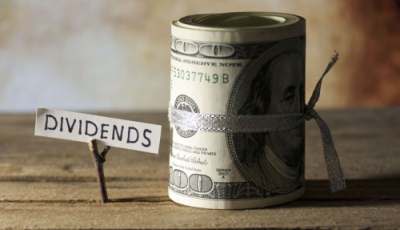Problems faced by companies in dividend payments
There are many problems that a company face when it comes to dividend payments to its investors. A smaller growing company usually does not pay dividends. All the funds it generates are required to support the growth. As the growth slows, you and the other owners tend first to reward yourselves with higher salaries, taking your compensation in the most tax-efficient manner. With further maturity, however, some owners may retire. Limits on deductible compensation also exist for managers. In these circumstances, a company may begin to pay dividends.
For the smaller business, dividends are typically irregular in amount. Some companies pay a regular percent of profit as dividend after taxes in one payment after the yearly income statement is completed. Others may pay a regular, small dividend several times a year with one special dividend after year end when it is clear what funds are available. These practices can create odd payout percentages for a company with volatile earnings.
The entrepreneur-owners of a private company are thus typically less concerned about maintaining the dividend level than the managers of a public company. You understand more clearly than an investor in a public company why dividends may have to be temporarily reduced so the company can service debt or complete an investment in assets. Lenders find it easier to gain cooperation from entrepreneurs in such decisions as curtailing the dividend than they do from professional managers of public companies.
Dividend Payment and company ownership:
The situation causing the greatest difficulty in smaller companies is a split among the owners. The tension is often between the previous generation or silent partners, who look to dividends as important income, and the current managers of the business. This latter group, whose members derive current income from their compensation and look to the future for reward, often wish to keep as much funds in the business as possible. The problem can be even worse if the current managers are professionals, vulnerable to discharge if the absentee owners become upset about dividends being curtailed.
Dividend Payment and Debt:
If maintaining the dividend is of strategic importance, in the sense that it avoids debilitating conflict among shareholders, you must allow for these cash flows in planning the maximum debt level for the firm. To identify a cap on the amount of debt that can be handled in a risk situation, the flows available to lenders must be cut by the amount of the unavoidable dividends. This reduction results in a proportionate reduction in the maximum borrowing capacity.
KEY POINT: This analysis must be explained carefully to the lenders. They will thus know in advance of the company’s situation and not be surprised if the company maintains dividend payments through a risk event. Lenders will also be reassured about the quality of management’s planning.



